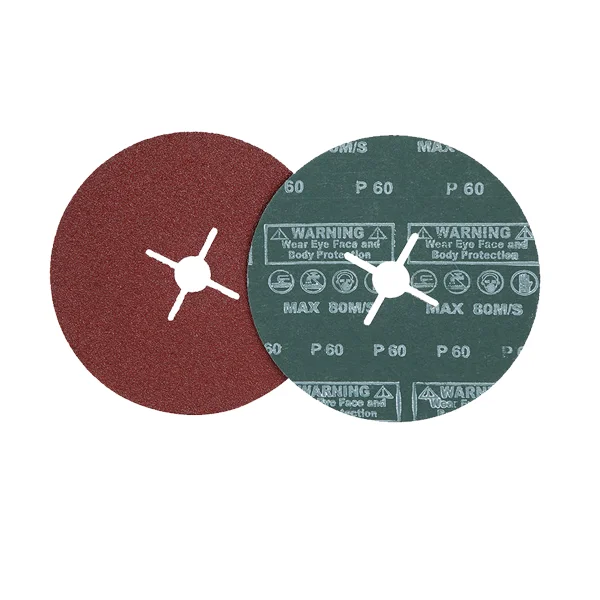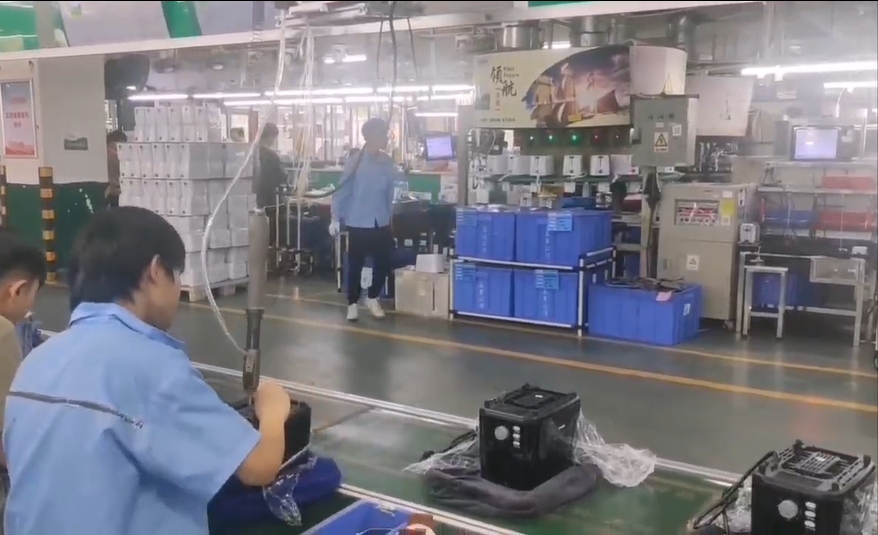When it comes to choosing the right motor for your application, the debate between brushed and brushless motors is a critical one. Each type has its own set of advantages and disadvantages, making the decision process complex yet essential for optimal performance. In this article, we will delve into the intricacies of both motor types, exploring their mechanisms, applications, and the factors you should consider before making a choice.
Understanding the Basics: Brushed vs. Brushless Motors
Brushed Motors
Brushed motors have been around for over a century and are known for their simplicity and ease of use. They consist of a rotor, stator, brushes, and a commutator. The brushes make physical contact with the commutator, allowing current to flow through the windings of the rotor, which generates a magnetic field that causes rotation.
Brushless Motors
In contrast, brushless motors eliminate the need for brushes and commutators. Instead, they use electronic controllers to switch the current in the windings, creating a rotating magnetic field. This design leads to several advantages, including increased efficiency, reduced maintenance, and longer lifespan.
Performance Comparison
- Efficiency
Brushless motors are generally more efficient than brushed motors. The absence of brushes means less friction and heat generation, allowing brushless motors to convert more electrical energy into mechanical energy. This efficiency is particularly beneficial in applications requiring prolonged use, such as electric vehicles and drones. - Torque and Speed
Brushless motors can provide higher torque at higher speeds compared to brushed motors. This characteristic makes them ideal for applications that demand rapid acceleration and deceleration, such as robotics and high-performance RC vehicles. - Maintenance
Brushed motors require regular maintenance due to brush wear and the need for periodic replacement. In contrast, brushless motors are virtually maintenance-free, which can lead to lower long-term costs and less downtime.
Application Suitability
Choosing between brushed and brushless motors often depends on the specific application:
- Brushed Motors
These motors are suitable for low-cost applications where simplicity and ease of control are paramount. They are commonly found in toys, household appliances, and low-power tools. If your project requires a straightforward solution with minimal complexity, a brushed motor may be the right choice. - Brushless Motors
For applications that demand high efficiency, longevity, and performance, brushless motors are the preferred option. They are widely used in electric vehicles, drones, and industrial machinery. If your project involves high-speed operation or requires a compact design, investing in a brushless motor is advisable.
Cost Considerations
While brushed motors are typically less expensive upfront, the total cost of ownership can be higher due to maintenance and replacement needs. Brushless motors, while more costly initially, often prove to be more economical in the long run due to their durability and efficiency. When budgeting for your project, consider both the initial investment and the potential long-term savings.
Conclusion: Making the Right Choice
Ultimately, the decision between brushed and brushless motors hinges on your specific needs and application requirements. If you prioritize cost and simplicity, brushed motors may suffice. However, if you seek efficiency, performance, and longevity, brushless motors are the superior choice.
Before making a decision, assess the following factors:
- Application Requirements: What are the speed, torque, and efficiency needs?
- Budget: What is your initial budget, and how does it align with long-term costs?
- Maintenance: Are you prepared for the maintenance demands of brushed motors?




